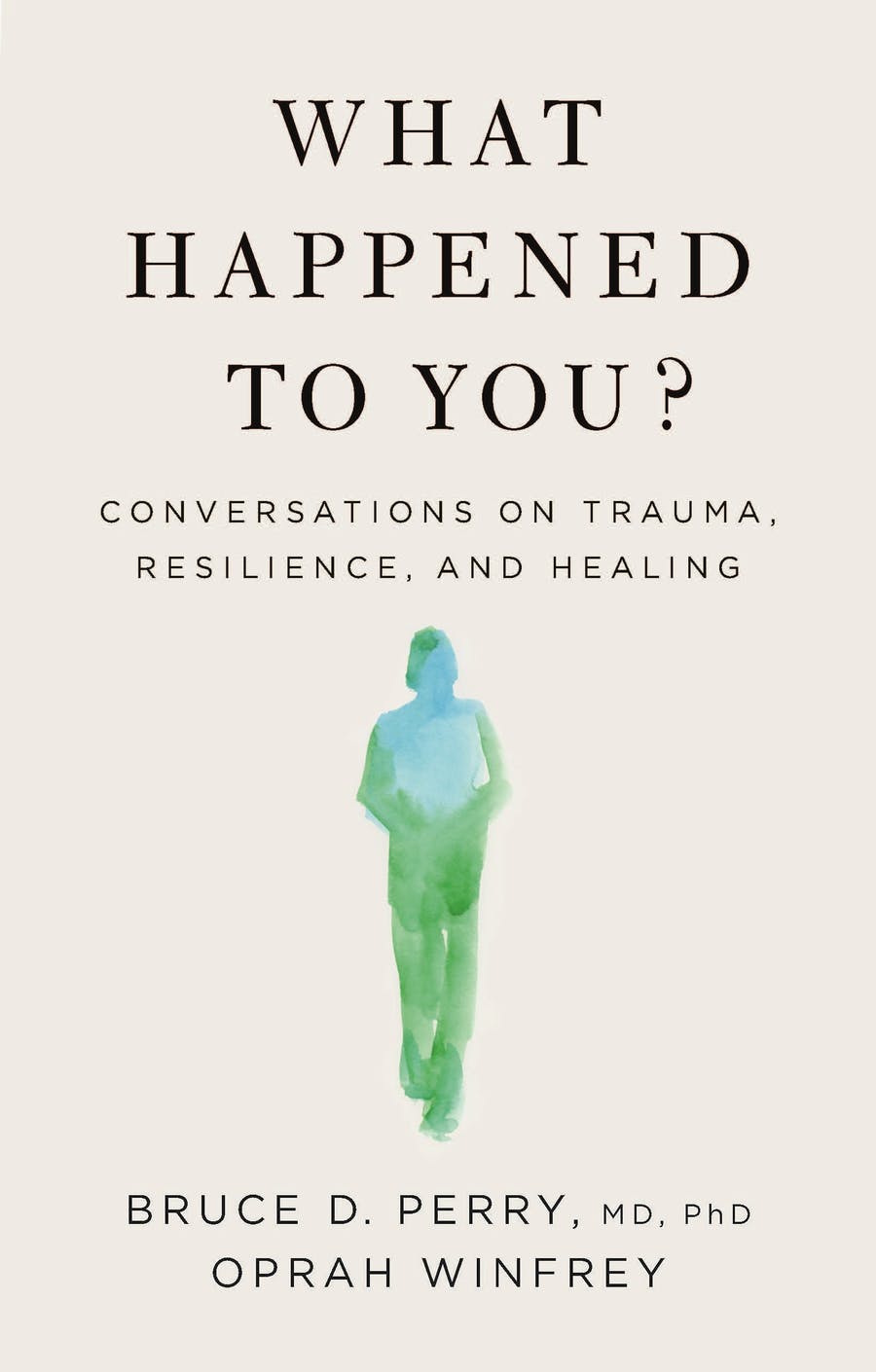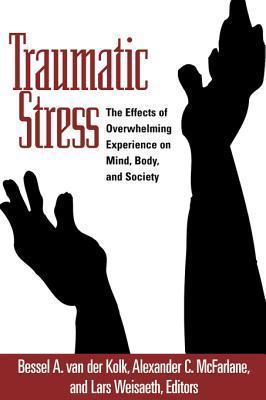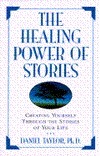
Waking the Tiger: Healing Trauma
Book Description
Imagine a world where the shadows of trauma are transformed into a source of strength. In "Waking the Tiger: Healing Trauma," Peter A. Levine unveils a groundbreaking approach to understanding and healing from life’s most harrowing experiences. Combining the latest findings in neuroscience with visceral, real-life stories, this riveting exploration reveals how the body carries the weight of trauma and how it can be liberated. Levine invites readers on a journey of self-discovery, teaching that healing isn't just possible—it’s a pathway to reclaiming life and vitality. What if the key to breaking free lies within your own body?
Quick Book Summary
"Waking the Tiger: Healing Trauma" by Peter A. Levine offers a pioneering perspective on trauma and recovery, blending insights from biology, psychology, and real-world stories. Levine posits that trauma is not merely a psychological phenomenon, but fundamentally a physiological one, rooted in our nervous system. Drawing from animals in the wild, who naturally shake off traumatic stress, Levine explains how humans can become stuck in frozen states, perpetuating suffering and symptoms. The book introduces Somatic Experiencing—a body-focused therapeutic process designed to gently restore balance. Levine demystifies trauma, showing how it is universal, yet, with proper understanding and methods, fully resolvable. Readers learn practical tools for self-awareness and healing, discovering that trauma, when addressed skillfully, can unlock greater vitality, resilience, and a renewed passion for life.
Summary of Key Ideas
Table of Contents
Understanding Trauma as a Physiological Process
Levine begins by asserting that trauma is not the event itself but the body's overwhelmed response to it. Traumatic symptoms are the result of the nervous system’s inability to return to equilibrium after experiencing threat or danger. By reframing trauma as a physiological rather than purely psychological issue, Levine reduces stigma and opens up new avenues for healing. He argues that the cultural focus on cognitive processing can overlook the essential wisdom of the body and its innate capacity for self-regulation.
Lessons from Animal Responses to Threat
To illustrate his theories, Levine observes mammals in the wild. When faced with life-threatening situations, animals often exhibit shaking, trembling, or spontaneous movement after the danger has passed—mechanisms that allow them to discharge excess energy and avoid trauma. Humans, however, have learned to suppress these natural responses through social conditioning or fear, resulting in persistent symptoms such as anxiety, numbness, or hyper-vigilance. Levine explains how honoring these instinctual processes is vital for recovery.
The Concept of Somatic Experiencing
Central to Levine’s approach is Somatic Experiencing, a therapeutic modality focused on body awareness and sensation. By tracking physical sensations and gently guiding the nervous system through incomplete fight, flight, or freeze responses, individuals can release trapped energy without re-traumatizing themselves. The process is slow and titrated, encouraging incremental progress and safety. Levine provides case studies and practical exercises to help readers tune into their bodies and begin this subtle, powerful work.
Body Awareness as a Path to Healing
Levine emphasizes that cultivating body awareness is foundational in this healing journey. By learning to notice subtle shifts in sensation, temperature, and movement within the body, people can become more attuned to early warning signs of distress and more capable of self-regulation. This attunement supports not just trauma resolution, but greater confidence, creativity, and engagement with life. Readers are encouraged to develop patience and self-compassion as they explore these new dimensions of experience.
Transforming Trauma into Strength and Vitality
Ultimately, Levine frames trauma as a potential doorway to strength and vitality. He argues that facing and integrating trauma can unlock hidden resources and resilience. Rather than being doomed by our past, we can transform adversity into growth, vitality, and connection. Through a blend of case studies, exercises, and compassionate guidance, "Waking the Tiger" empowers readers to reclaim agency, find meaning, and embark on a transformative path to healing.
Download This Summary
Get a free PDF of this summary instantly — no email required.





